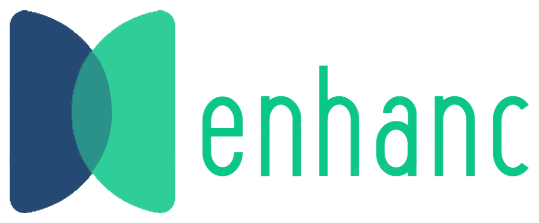Digital Publishing for the Educational Industry
The educational industry has undergone a remarkable transformation in recent years. Not only are schools and universities adopting new technologies like interactive displays and online learning, but they’re also pushing the boundaries of what’s possible with innovative digital solutions.
In this article, we’ll look at how the digital revolution is impacting publishing in education. We’ll see how educational publishers can use digital publishing tools like flipbook software to reach students on their terms and make information more accessible than ever before.
Education is being transformed by the digital revolution
Digital publishing is a new way to distribute content. It has many benefits over traditional, printed material. For example, it’s easier to update and edit than printed materials. Also, it’s cheaper than printed material because you don’t need to pay for printing. Digital content can also reach more students in more ways than ever before—and the best part is that digital publishing doesn’t just benefit students! Educators are also able to reach more people with less effort, thanks to digital tools like e-books and flipbook software.
Integrate your content with new technology
As you’re integrating your content with new technology, don’t just think about your students. Think about the ways in which digital publishing tools can help you reach more students than ever before. The applications of these tools are endless:
- Textbooks that allow readers to engage with interactive content
- Virtual distribution of assignments and homework
- Instructional videos shared on social media channels
Digital publishing and online learning share a lot of common ground
Both are forms of media distribution that allow you to reach more people than you might be able to with traditional print or classroom-based content, making it easier for your organization to reach new audiences and promote its mission. And both can be done using simple tools that are easy to use, even if you’re not a technical expert.
Digital publishing tools also make it possible for content creators from other divisions or departments within your organization to create their own educational materials in support of their day-to-day work tasks (for example marketing professionals who want to create engaging reports, newsletters, and marketing presentations). These things don’t just happen on their own! Digital publishing tools like flipbook software make them happen without requiring specialized training or experience with technology.
A new way to develop and publish content
You can develop and publish content online, in a variety of formats and on a variety of platforms. You can even make your publication available on different devices — from the web to mobile and tablet devices — giving your audience the option to read your educational material whenever they want it. This flexibility makes digital publishing an ideal solution for schools and universities looking to meet their content needs without having to print out massive quantities of textbooks every year.
Digital publishing tools can help you reach more students in more ways than ever before
With the advent of digital publishing, it’s now possible to reach more students than ever before. Digital publishing tools can help you get your materials into their hands so that they can learn on their own time and in their own way.
If you’re a professor or instructor, this means that you can use digital publishing tools to help students learn at their own pace. You can also provide supplementary materials for your class, such as homework assignments and quizzes.
Flipbooks are easier to use than books but have the same impact as printed material
Flipbooks are a new way for you to publish your content. They are easy to read and share, helping you reach more people in less time. Flipbooks are also a great way to present information because they allow users to flip through the pages just like a printed book. Because flipbooks can be accessed from any device with an internet connection, whether it be a desktop computer or mobile phone, they’re easy to use.
Conclusion
Ultimately, digital publishing is designed to make education more accessible and enriching. When you make your content available in new ways, you’re able to reach students who might otherwise have difficulty learning from traditional media like textbooks or lectures. By integrating technology into the classroom, you can also help students develop a better understanding of how the world works and prepare them for their future careers. All this means that digital publishing has a tremendous potential to positively affect education as we know it today!
Now you have to understand how digital flipbook software can help in the education industry. You can use 15 day free trial of Enhanc.
